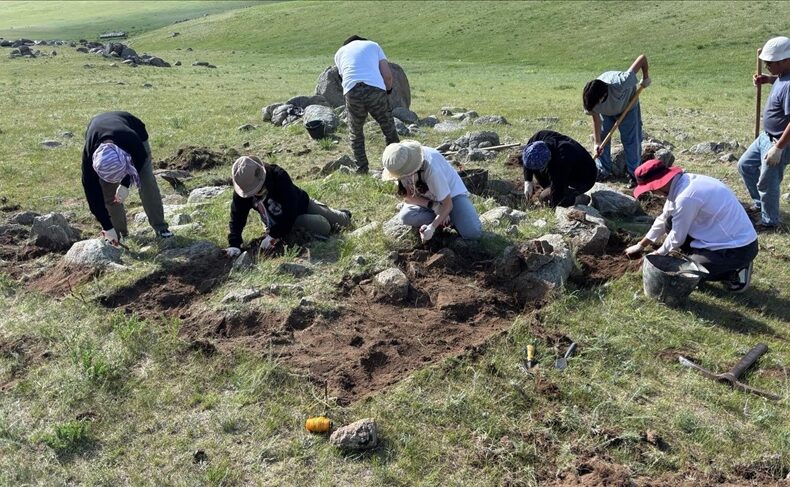
Ancient Nomadic Burial Mounds Unearthed in Mongolia Reveal Turkish-Mongol Cultural Legacy
Joint archaeological excavations led by Turkish and Mongolian scholars are shedding new light on the burial traditions of nomadic civilizations that once roamed the vast Eurasian steppes.
As part of the “Culture of Horsemen” project, carried out in collaboration between Istanbul University and Mongolian State University, archaeological excavations have resumed in the Tuv Province of Mongolia. The work focuses on Bor Ovoo Hill and the Shovh Uul Mountains, regions rich in burial mounds (kurgans) dating from the Bronze Age to the 13th century.
The project, sponsored by İlteriş Foundation and supported by Kanca Steel Tools & Machinery, aims to uncover the burial rituals, spiritual practices, and social structures of ancient Turkic and Mongolic nomadic societies.
A Sacred Hill of the Steppes: Bor Ovoo
Situated near the memorial of Uyghur Khagan Moyen Çor (reigned 747–759), Bor Ovoo is believed to have been a sacred site where ancient nomads held ritual ceremonies and buried their elite.
📣 Our WhatsApp channel is now LIVE! Stay up-to-date with the latest news and updates, just click here to follow us on WhatsApp and never miss a thing!!
“The presence of burial mounds here dating from 2000 BCE to the 13th century CE indicates that this hill has served as a spiritual center for over 3,000 years,” said Prof. Dr. Kürşat Yıldırım, head of the Turkish excavation team. “Historical sources suggest that annual ceremonies took place here under the framework of ancestral worship.”
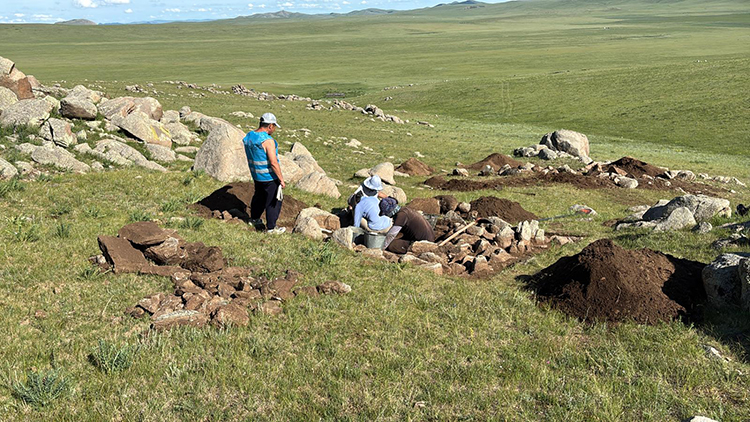
The word “Bor” means “brown” in Mongolian, while “Ovoo” refers to stone cairns regarded as sacred in both Turkic and Mongolic cultures.
Excavating the Lives of the Ancients
The team’s first goal is to map out the architectural structure of five kurgans. Artifacts such as bronze and iron tools, ceramic fragments, and animal and human bones are being collected for laboratory analysis, which will offer insights into daily life, status, and burial customs.
Prof. Yıldırım noted:
“These artifacts reflect the cultural continuity of ancient Turkic societies and allow us to compare funeral practices between different eras and cultures. We aim to understand the relationship between tomb architecture and the social status of the deceased.”
Cross-Cultural Academic Collaboration
The project involves a strong partnership between Turkish and Mongolian archaeologists. On the Mongolian side, Assoc. Prof. Ulziibayar Sodnom, Prof. Dr. Erdene Myagmar, and researcher Tsenguun Ganbold lead the local efforts. The Turkish team includes Prof. Dr. Kürşat Yıldırım, Assoc. Prof. Elvin Yıldırım, Dr. Ferhat Çiftçi, and Şeyma Sapma.
“Mongolia has a well-established tradition in steppe archaeology,” said Prof. Yıldırım. “Our collaboration allows us to share techniques, insights, and build a lasting academic network between our countries.”
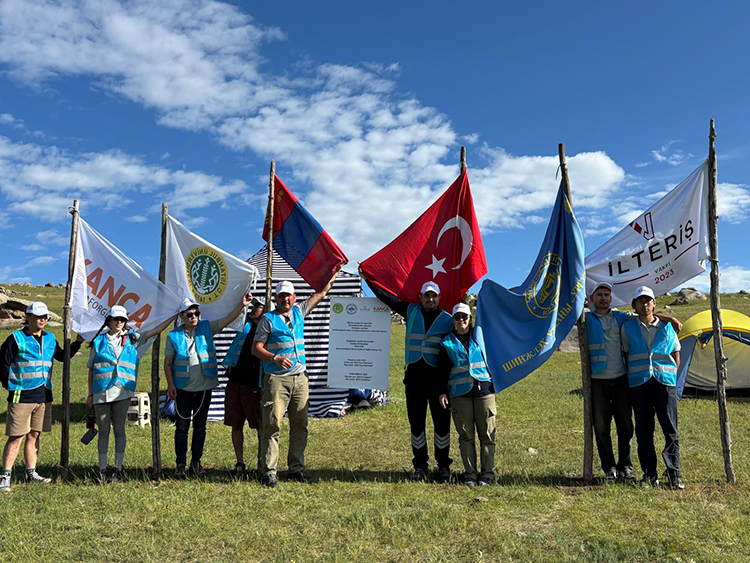
Future of the Discoveries
All artifacts uncovered during the excavation will be inventoried and preserved by the Mongolian authorities, with selected items to be displayed in local museums. Due to logistical and legal limitations, exhibiting these items in Turkey is currently not feasible.
The project’s findings will be published in Turkish, Mongolian, and English, offering both the academic community and the public deeper understanding of nomadic lifeways and interregional cultural connections.
“Mongolia is a unique archaeological landscape for studying early Turkic civilizations,” Yıldırım emphasized. “The steppes of Central Asia—especially the Orkhon Valley and Ötüken region—were once home to the Huns, Göktürks, and Uyghurs. Our work continues to bring this legacy to light.”
You may also like
- A 1700-year-old statue of Pan unearthed during the excavations at Polyeuktos in İstanbul
- The granary was found in the ancient city of Sebaste, founded by the first Roman emperor Augustus
- Donalar Kale Kapı Rock Tomb or Donalar Rock Tomb
- Theater emerges as works continue in ancient city of Perinthos
- Urartian King Argishti’s bronze shield revealed the name of an unknown country
- The religious center of Lycia, the ancient city of Letoon
- Who were the Luwians?
- A new study brings a fresh perspective on the Anatolian origin of the Indo-European languages
- Perhaps the oldest thermal treatment center in the world, which has been in continuous use for 2000 years -Basilica Therma Roman Bath or King’s Daughter-
- The largest synagogue of the ancient world, located in the ancient city of Sardis, is being restored

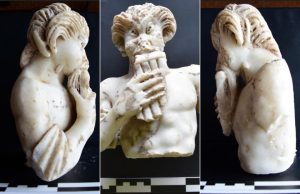
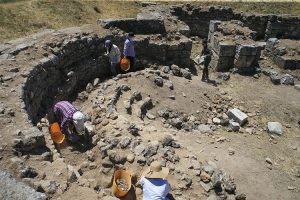
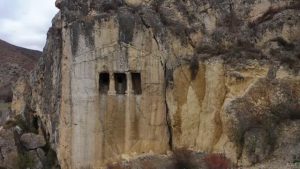
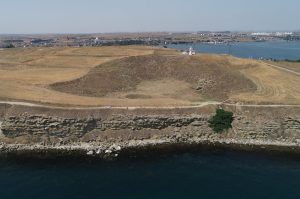
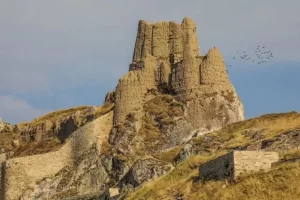
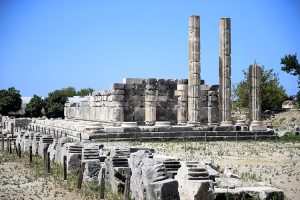
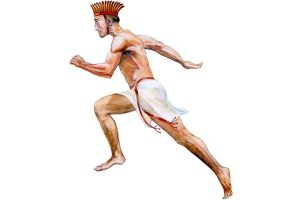

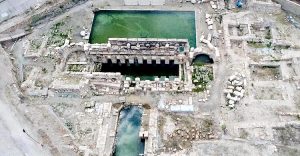
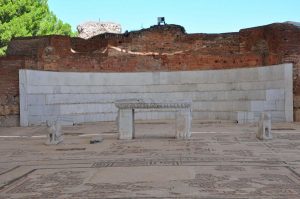
Leave a Reply